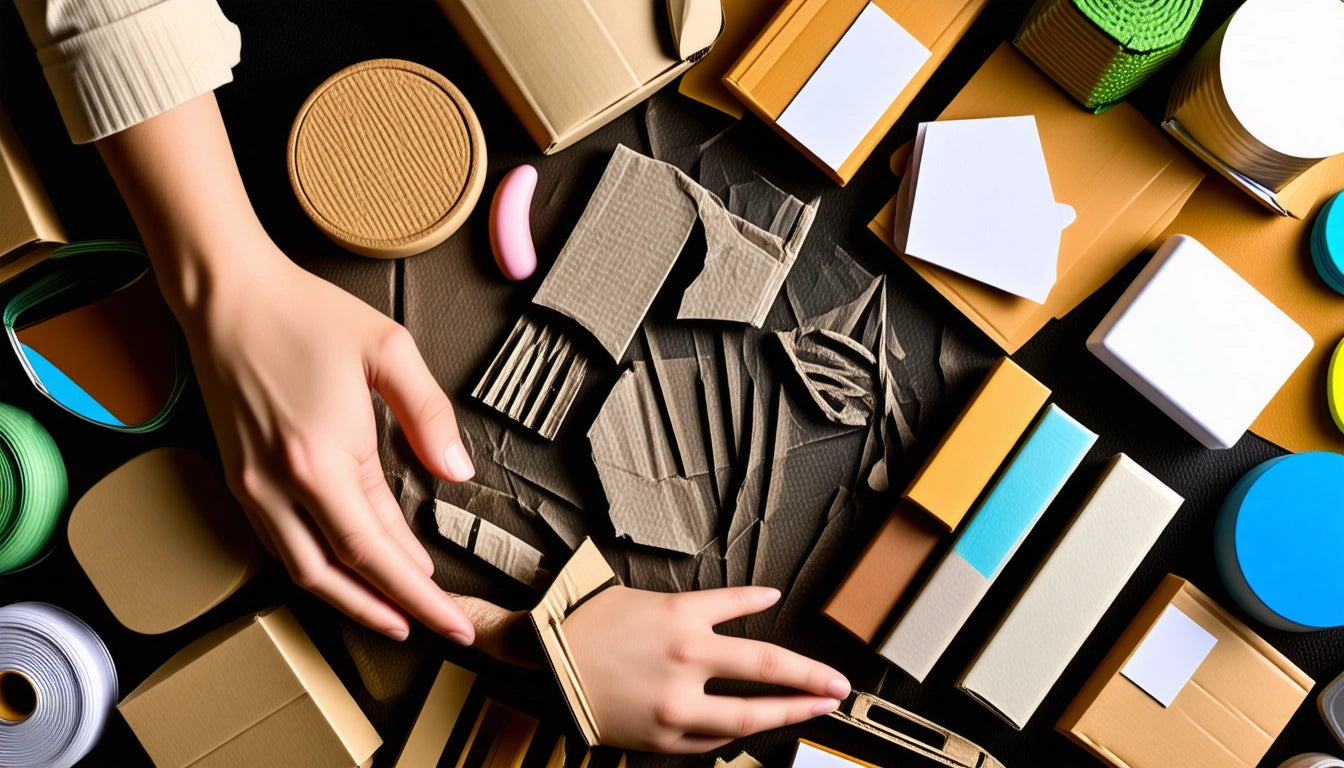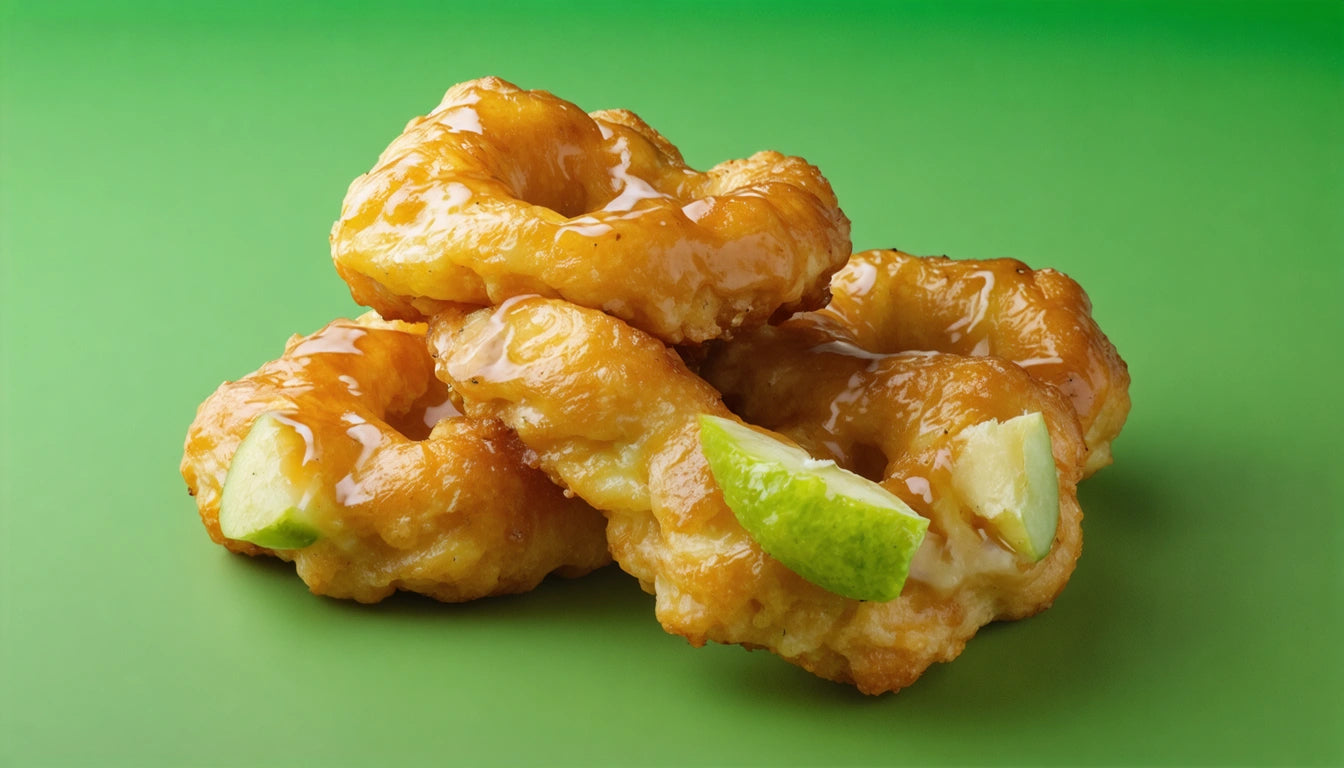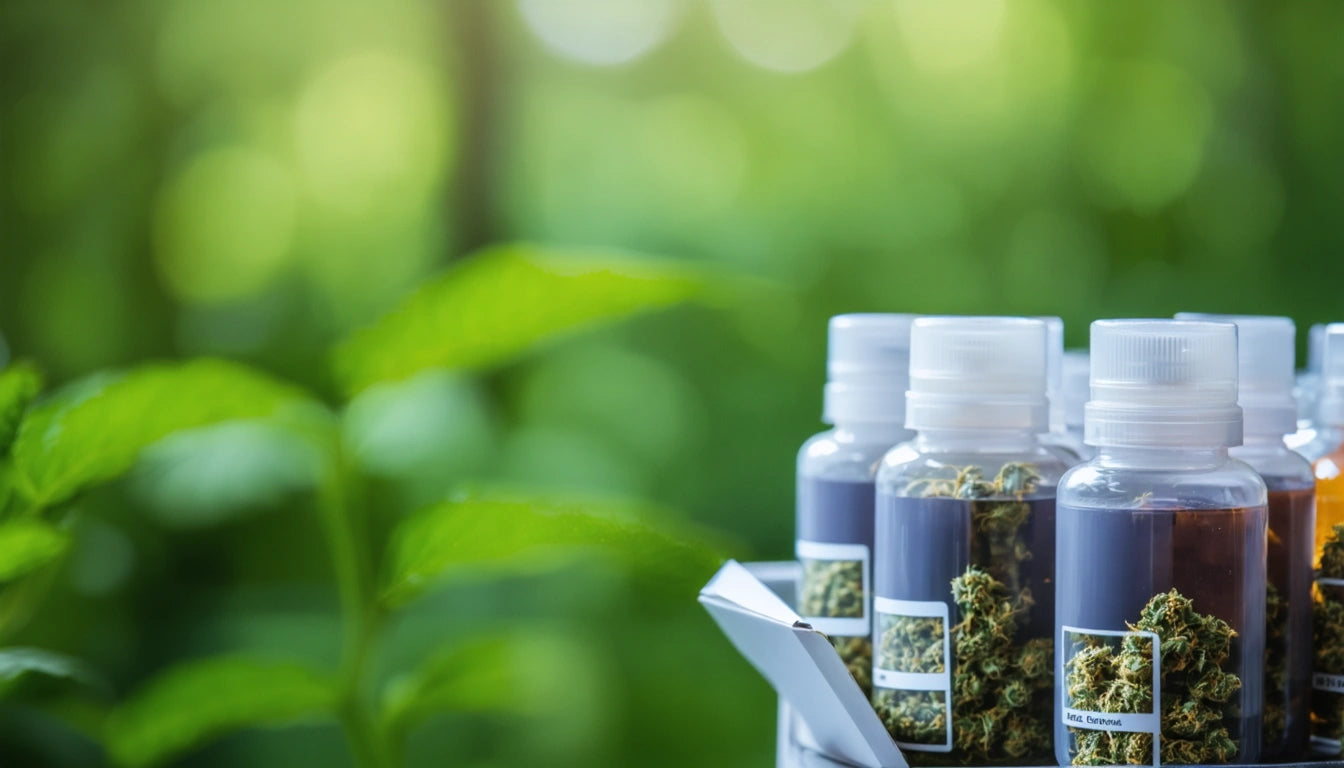Table of Contents
- Cardboard Recycling Basics: Understanding the Process
- Cardboard Decomposition: Timeline and Environmental Impact
- Effective Cardboard Recycling Methods for Homes and Businesses
- Preparation Tips for Optimal Cardboard Recycling
- Challenges and Solutions in Cardboard Recycling
- Sustainability and the Future of Cardboard Recycling
Everything You Need to Know About Recycling Cardboard
Cardboard is one of the most commonly recycled materials worldwide, with good reason. Its cellulose fibers can be reprocessed multiple times, making it an excellent candidate for circular economy practices. Understanding how cardboard recycling works helps consumers and businesses make more informed decisions about waste management and sustainability efforts.
Cardboard Recycling Basics: Understanding the Process
Cardboard recycling transforms used cardboard into new paper products through a multi-step process. When you place cardboard in recycling bins, it begins a journey of transformation. Understanding cardboard composition helps explain why it's so recyclable: it's primarily made of wood pulp fibers that can be separated and reused.
How Cardboard Gets Recycled: Step-by-Step
- Collection: Cardboard is collected from recycling bins and taken to recycling facilities.
- Sorting: Workers and machines separate cardboard from other materials and remove contaminants.
- Shredding: Clean cardboard is shredded into small pieces.
- Pulping: Shredded cardboard is mixed with water and chemicals to break down into a slurry.
- Filtering: The pulp is filtered to remove remaining impurities like staples, tape, and glue.
- De-inking: If necessary, the pulp undergoes de-inking to remove printing inks.
- Refining: The cleaned pulp is beaten to create the right consistency.
- Sheet formation: The pulp is spread onto screens to form new paper sheets.
- Drying and finishing: The sheets are pressed and dried into new cardboard products.
Cardboard Decomposition: Timeline and Environmental Impact
When considering how long it takes for corrugated cardboard to decompose, several factors come into play. In ideal conditions with proper exposure to moisture, oxygen, and microorganisms, corrugated cardboard typically decomposes within 2-3 months. However, in landfills where conditions aren't optimal for decomposition, it can take significantly longer, sometimes up to a year.
Waxed or plastic-coated cardboard takes even longer to break down, sometimes requiring several years. This extended decomposition time is one reason why composting cardboard or recycling it is far preferable to sending it to landfills.
Effective Cardboard Recycling Methods for Homes and Businesses
There are several approaches to recycling cardboard, depending on your situation and needs:
Residential Recycling
- Curbside programs: Most municipal recycling programs accept flattened cardboard boxes.
- Drop-off centers: Community recycling centers often take larger quantities of cardboard.
- Composting: Clean, non-waxed cardboard can be composted in home compost systems.
Commercial Recycling
- Baling systems: Businesses with high cardboard volume often use balers to compress cardboard.
- Dedicated pickups: Commercial recycling services can schedule regular cardboard collection.
- Closed-loop systems: Some companies partner with packaging suppliers to create closed-loop recycling programs. For example, businesses in specialized industries like cannabis packaging can work with suppliers that offer sustainable packaging options like custom pre-roll cones that complement their cardboard recycling efforts.
The method you choose depends on volume, available space, and local recycling infrastructure. For businesses, cost considerations and sustainability goals also factor into the decision.
Preparation Tips for Optimal Cardboard Recycling
How you prepare cardboard for recycling significantly impacts its recyclability. Follow these best practices:
- Remove contaminants: Take out any plastic windows, foam inserts, or excessive tape.
- Break down boxes: Flatten all cardboard to save space and make collection more efficient.
- Keep it dry: Wet cardboard is difficult to process and may be rejected by recycling facilities.
- Separate by type: If possible, separate corrugated cardboard (shipping boxes) from paperboard (cereal boxes).
- Check local guidelines: Some facilities have specific requirements about size or preparation.
Proper preparation ensures that more of your cardboard actually gets recycled rather than being diverted to landfills due to contamination issues. As global recycling statistics show, contamination is one of the biggest challenges in effective recycling programs.
Challenges and Solutions in Cardboard Recycling
Despite being highly recyclable, cardboard recycling faces several challenges:
Common Challenges
- Contamination: Food residue, grease, or moisture can render cardboard unrecyclable.
- Mixed materials: Cardboard with plastic lamination or excessive tape is difficult to process.
- Collection logistics: Bulky cardboard requires efficient collection systems.
- Market fluctuations: The value of recycled cardboard varies with market demand.
Innovative Solutions
- Better sorting technology: Advanced optical sorters can better identify and separate different types of cardboard.
- Consumer education: Clearer guidelines help people prepare cardboard properly.
- Design for recyclability: Manufacturers are creating packaging that's easier to recycle.
- Local processing: Developing local recycling infrastructure reduces transportation costs and emissions.
Understanding cardboard alternatives can also help businesses make more sustainable packaging choices from the start.
Sustainability and the Future of Cardboard Recycling
The future of cardboard recycling looks promising as technology advances and sustainability becomes a greater priority. Emerging trends include:
- Automated sorting systems: AI-powered robots that can identify and sort cardboard more efficiently.
- Waterless pulping: New technologies that reduce water usage in the recycling process.
- Compostable adhesives: Development of tapes and glues that don't interfere with recycling.
- Blockchain tracking: Systems that trace cardboard from production through multiple recycling cycles.
These innovations will help address current challenges while making cardboard recycling more efficient and effective. By understanding how cardboard is recycled and taking simple steps to prepare it properly, individuals and businesses can contribute significantly to resource conservation and waste reduction.
As we continue to improve recycling systems and develop more sustainable packaging options, cardboard remains one of our most valuable recyclable resources, capable of multiple life cycles before its fibers become too short for further use.











Leave a comment
All comments are moderated before being published.
This site is protected by hCaptcha and the hCaptcha Privacy Policy and Terms of Service apply.